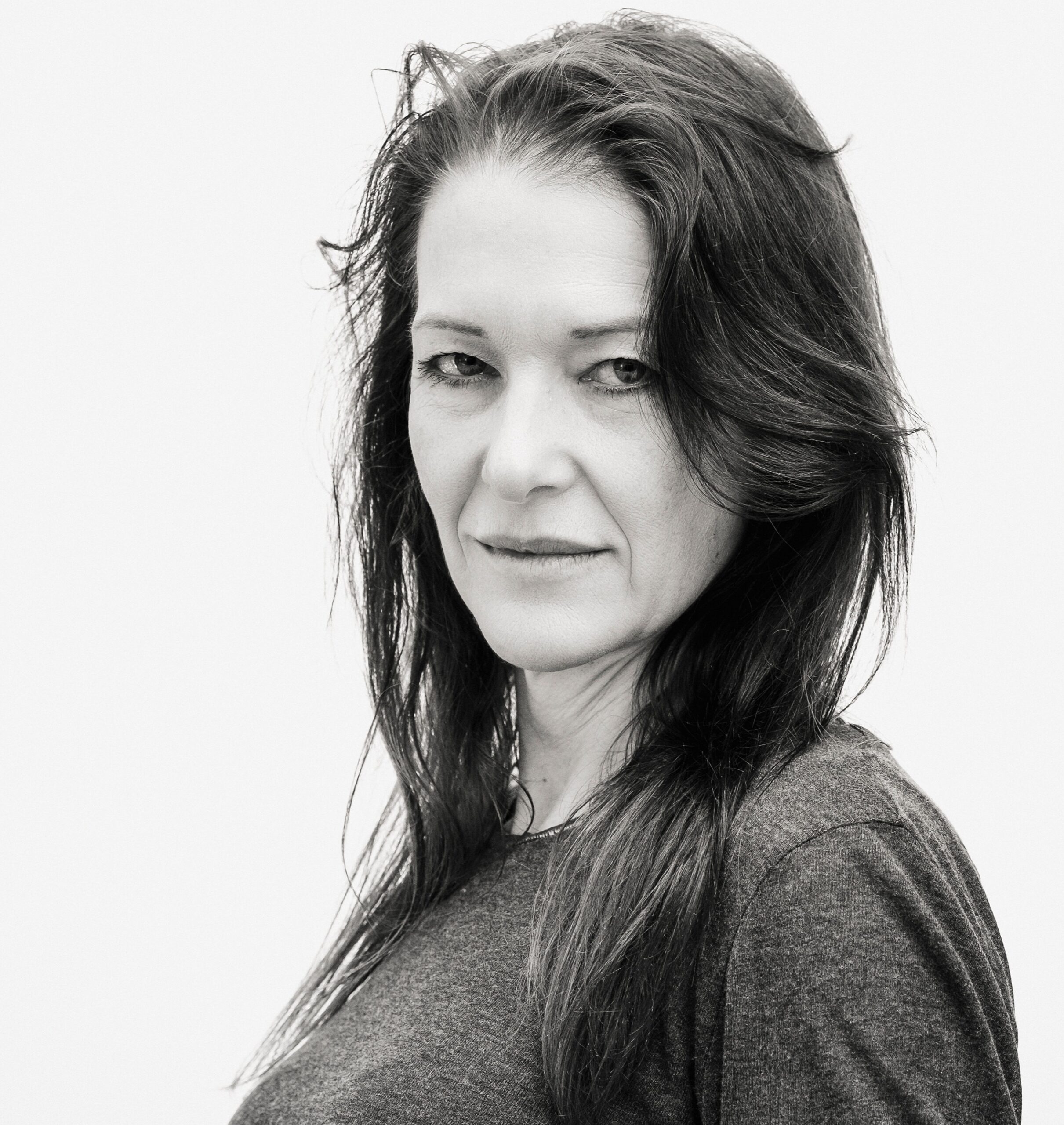Ariane Harrison
Adjunct Associate Professor

Biography
ARIANE LOURIE HARRISON, RA, AIA is a Principal and co-founder of Harrison Atelier and a registered architect in New York State. she currently is the Coordinator of the Masters of Science in Architecture and Urban Design programs at the Graduate School of Architecture, Pratt Institute. She has been a critic and lecturer at the Yale School of Architecture and Yale College since 2006, and also teaches at the Weitzman School of Design, University of Pennsylvania. Her projects and writing explore the concepts and realities of making architecture for multiple species, from her anthology Architectural Theories of the Environment: Posthuman Territory (Routledge, 2013) to “Feral Architecture,” in Aesthetics Equals Politics (MIT Press, 2019). Harrison Atelier has built several pavilions featuring cladding systems that accommodate multiple species. Currently under construction, the Pollinators Pavilion at Stone House Farm, Livingston, NY is a visitor center/field station that houses and monitors solitary bees with an innovative cladding system (awarded NYCML 2018 and Microsoft’s AI for the Earth grant 2019-20) fabricated in partnership with LafargeHolcim’s Ductal® Workshop.
Her firm, Harrison Atelier (HAT), is a Brooklyn-based architecture firm co-founded with Seth Harrison. The firm’s central research question, “how can we build for more than one species?” challenges the conventions of a human-centric architecture and proposes cohabitation by multiple species while also seeking a larger role for architecture in environmental activism.
Education
AB Princeton University (summa, Phi Beta Kappa)
MArch GSAPP Columbia University (design excellence award)
PhD Institute of Fine Arts, New York University
Publications and Projects
“Building Envelopes as Intelligent Multi-Species Habitats,” AD Posthuman Architecture, ed. Mark Garcia (Wiley: 2024).
“Feral Surfaces,” Future Offices, ed. Ali Rahim (ACTAR: 2023).
“Feral Cities,” The Architecture of the Post Anthropocene, ed. Naomi House and Harriet Harriss (RIBA: 2022).
“Holes,” Ambiguous Territory, ed. Kathy Velikov, David Salomon, Cathryn Dwyre, and Chris Perry (ACTAR: 2021).
“Feral Architecture,” Aesthetics Equals Politics, ed. Mark Foster Gage, Cambridge, MA: MIT Press, 2019, 255-267.
“Why Cosmopolitics is performed” co-authored with Seth Harrison, Cosmopolitical Design, ed. Alejandro Zaera-Polo and Albena Yaneva, (Ashgate: 2016), 223-238.